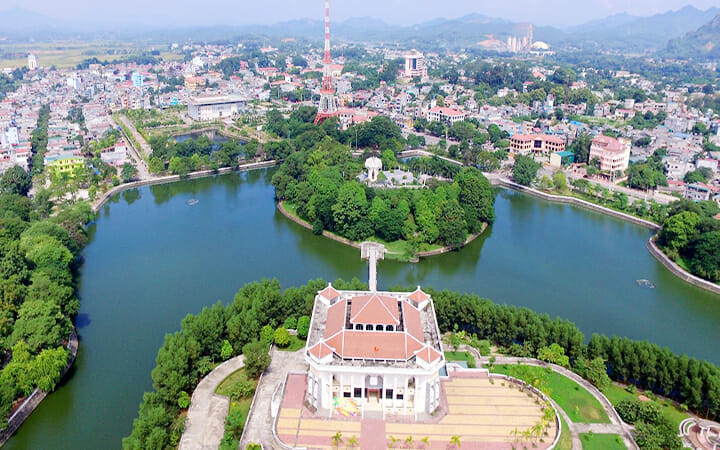
According to experts, this will have more or less impact. However, the space for the construction and formation of future urban areas will be greater.
Currently, the urban classification system in Vietnam is divided into 6 types according to Resolution 1210/2016/UBTVQH13, based on criteria such as population, population density, non-agricultural labor rate, level of infrastructure development, etc. The merger of provinces and the abolition of the district level will certainly have an impact on urban decentralization, but the level of impact depends on the implementation. If planned properly, this can help urban areas develop faster, upgrade infrastructure and expand their scale. For example, in our province, according to Resolution 24, the urbanization target for the whole province by 2030 is 35%, with 4 type IV urban areas, 5 type V urban areas, etc. After the merger, the number of communes and wards will be more concentrated, the formation of urban areas will certainly be more open, when resources are concentrated, space is expanded.
It can be seen that the opportunity for adjustment this time is very necessary. Localities need to solve strategic problems so that urban areas have the opportunity for long-term sustainable development.

Comment
Print